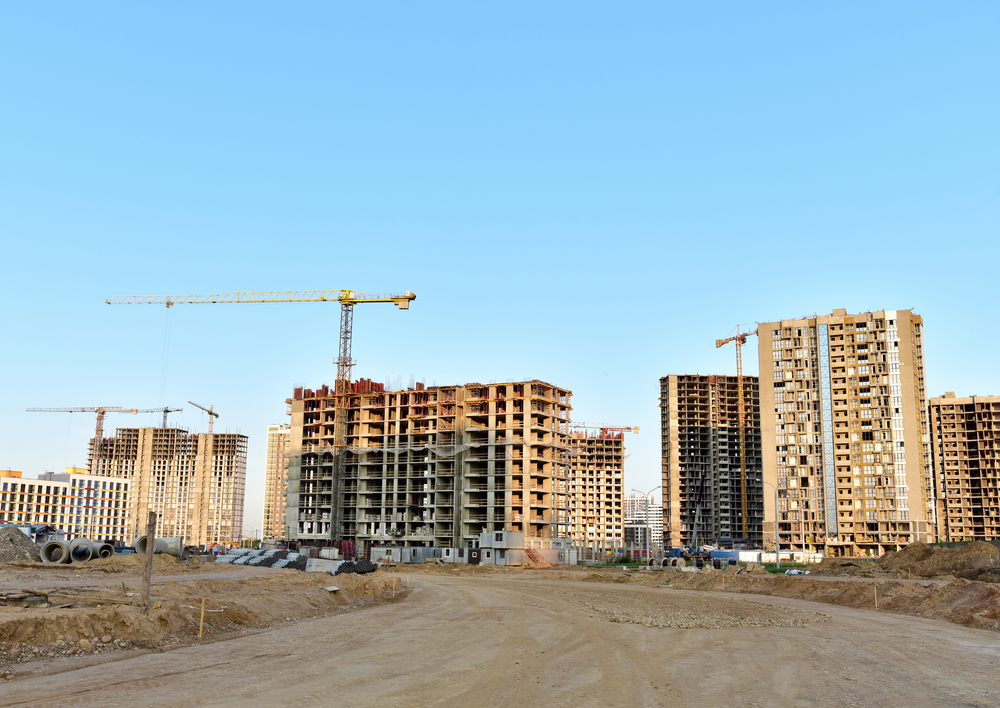
Institutional building plays a vital role in shaping the identity, culture, and growth of communities. In Langhorne, a historic borough nestled in Bucks County, Pennsylvania, community construction projects have been steadily transforming the local landscape and improving the quality of life for residents. From educational facilities to healthcare centers and cultural hubs, these projects are much more than structures; they are the foundations of thriving, resilient communities. Across Langhorne and beyond, institutional construction represents a bridge between economic development, social enrichment, and long-term sustainability.
In this blog, we will explore how institutional building impacts communities, the evolving trends in construction, and why investing in these projects is essential for Langhorne’s future.
The Importance of Institutional Building in Community Development
Institutional building refers to the construction of public-serving facilities such as schools, hospitals, libraries, recreational centers, and government offices. These structures go beyond their functional purposes; they become pillars around which communities thrive. In Langhorne, where a strong sense of local pride and cultural heritage exists, community construction projects bring residents together while addressing critical needs.
One of the most significant impacts of institutional construction lies in accessibility. When new schools, clinics, and municipal spaces are built, residents gain easier access to essential resources. For example, the addition of updated healthcare facilities in Langhorne has helped improve local access to specialized treatments, reducing the need for residents to travel to neighboring cities. Likewise, enhanced educational spaces are providing children with state-of-the-art learning environments designed to foster creativity and academic growth.
Institutional building also strengthens the social fabric. By creating inclusive spaces, these projects foster a sense of belonging and shared identity. From community centers where neighbors connect to libraries that support lifelong learning, Langhorne’s developments reflect the evolving needs of its diverse population. Over time, these investments become catalysts for cultural exchange, innovation, and civic engagement.
The Role of Community Construction Projects in Economic Growth
Beyond meeting social needs, institutional building drives significant economic benefits for Langhorne and surrounding regions. Each project creates jobs, attracts businesses, and stimulates local commerce. Contractors, architects, engineers, and suppliers all benefit from the demand generated by large-scale construction efforts. Additionally, the presence of improved facilities often raises property values and strengthens neighborhood appeal.
Take, for example, a recently completed educational expansion project in the Langhorne area. The initiative not only modernized learning spaces but also generated employment for local workers during its construction phase. Once completed, the upgraded school became a magnet for families seeking quality education, indirectly boosting the local housing market and supporting small businesses nearby.
Community construction projects also enhance long-term economic stability. Institutions like hospitals, universities, and government buildings act as anchors, attracting additional investments to the region. When companies consider relocating or opening new offices, they often evaluate the availability of well-developed infrastructure, skilled labor, and strong public resources. By prioritizing institutional building, Langhorne positions itself as an attractive location for sustained growth and opportunity.
Sustainability and Innovation in Modern Institutional Building
Institutional construction has evolved significantly in recent years, with a growing emphasis on sustainability and innovation. Communities like Langhorne are increasingly adopting eco-friendly building practices that reduce environmental impact while promoting long-term cost savings. These practices include using energy-efficient materials, integrating renewable energy sources, and designing spaces optimized for natural light and airflow.
Green-certified institutional buildings are becoming a standard rather than an exception. Hospitals, for instance, are being constructed with energy-efficient HVAC systems, water-saving fixtures, and smart technologies that minimize operational costs. Similarly, schools in Langhorne are adopting modern architectural designs that encourage both environmental responsibility and enhanced student well-being.
Technology also plays a critical role in reshaping community construction projects. Digital tools like Building Information Modeling (BIM) enable better planning, improved collaboration, and reduced construction delays. The integration of smart building systems ensures facilities remain adaptable to evolving community needs. These innovations enhance efficiency, extend the life span of structures, and contribute to a healthier environment for residents.
Langhorne as a Model for Community-Oriented Development
Langhorne’s ongoing institutional building efforts serve as a powerful example of how targeted community construction projects can positively impact residents. Over the past decade, the borough has seen significant investments in healthcare, education, and recreation. Projects such as modernized schools, upgraded municipal facilities, and accessible healthcare centers reflect a commitment to meeting both present and future demands.
One notable aspect of Langhorne’s success is its collaborative approach. Local government, developers, and community members often work together to ensure projects reflect shared priorities. By listening to residents’ input and aligning construction efforts with community values, Langhorne has cultivated trust and transparency throughout the development process.
Additionally, Langhorne’s proximity to major metropolitan areas like Philadelphia positions it as an ideal hub for growth. Well-planned institutional building supports this regional advantage by attracting new families, businesses, and cultural opportunities. The result is a sustainable model that balances economic prosperity with social inclusivity—a blueprint that other towns can replicate.
Challenges and Opportunities in Expanding Institutional Construction
Despite its many benefits, institutional building faces challenges that require strategic solutions. Budget constraints, regulatory hurdles, and land-use limitations often slow down development timelines. In Langhorne, balancing historical preservation with modern expansion has been particularly important, given the town’s rich heritage and architectural character.
However, these challenges also create opportunities for innovation and collaboration. Public-private partnerships, for instance, have become increasingly valuable in funding large-scale community construction projects. By pooling resources and expertise, stakeholders can ensure developments meet high-quality standards while remaining cost-effective.
Another opportunity lies in prioritizing equity in institutional construction. Langhorne’s diverse population requires inclusive facilities designed to serve everyone equally. Whether through accessible healthcare centers or multilingual educational programs, ensuring equitable access helps strengthen community cohesion and long-term prosperity.
Looking forward, advancements in technology, sustainable design, and collaborative planning are expected to accelerate institutional building projects not only in Langhorne but across the region. By embracing these opportunities, communities can continue to thrive while preserving their unique identities.
Conclusion
Institutional building serves as the backbone of strong, connected, and thriving communities. In Langhorne and beyond, community construction projects enhance residents’ quality of life, drive economic growth, and create spaces that foster inclusivity and innovation. From schools and healthcare facilities to cultural centers and municipal hubs, these investments represent more than infrastructure—they represent a vision for a better future.
As Langhorne continues to evolve, its approach to institutional construction highlights the power of strategic planning, collaboration, and sustainability. By prioritizing projects that reflect community values while embracing modern technologies, Langhorne has positioned itself as a leader in community-focused development. Moving forward, the lessons learned here can inspire other towns and cities to leverage institutional building as a tool for shaping stronger, more resilient communities.
